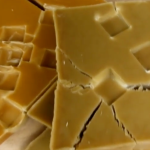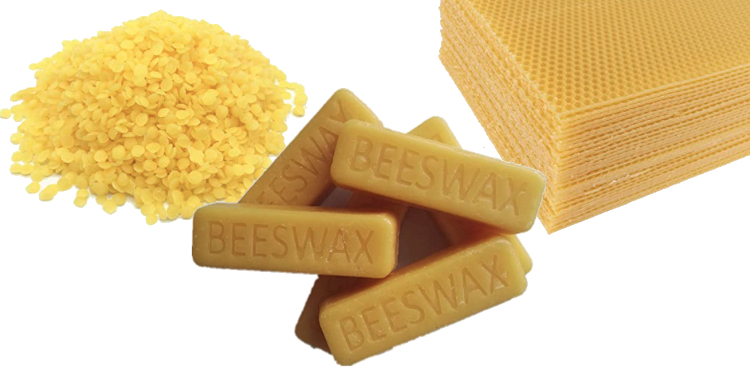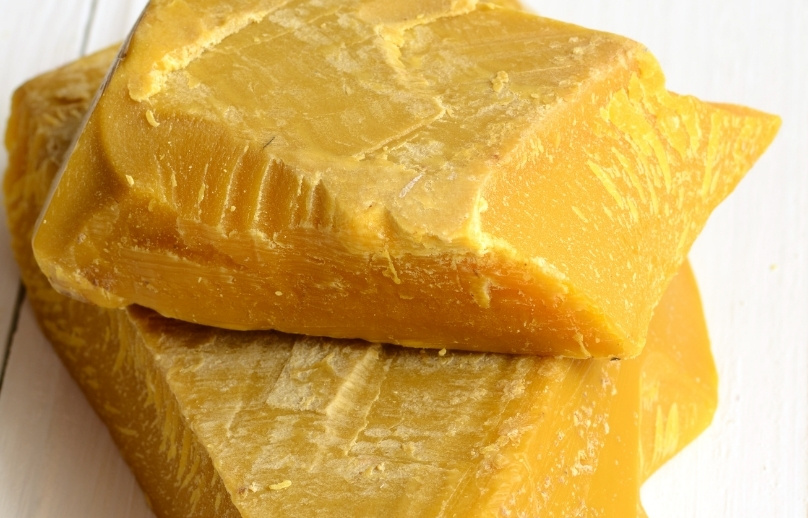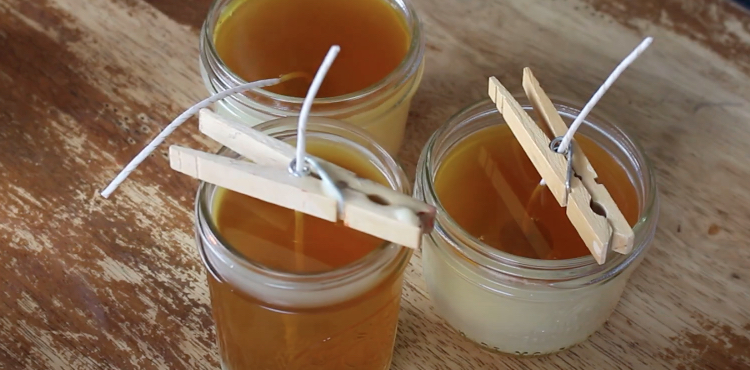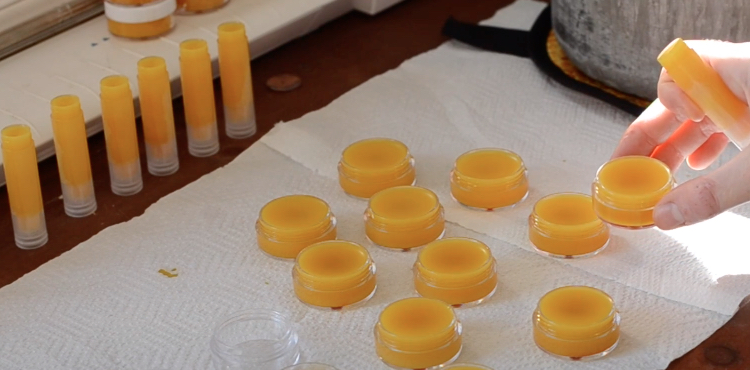After years of beekeeping, I’ve learned that harvesting beeswax is as much an art as it is a science. While many focus on honey production, beeswax is a valuable product that requires careful harvesting techniques. Let me share my tried-and-true methods for getting the highest quality wax from your hives.
Understanding Beeswax: The Foundation
Before we dive into harvesting, it’s crucial to understand what we’re working with. Beeswax is a natural product that takes significant bee resources to produce.
For those who prefer to skip the harvesting process, you can find quality beeswax through reliable suppliers in my best places to purchase beeswax post. However, if you’re ready to harvest your own, let’s get started!

Essential Tools and Equipment
Here’s what you’ll need for successful wax harvesting:
- Protective gear (bee suit, gloves, veil)
- Hive tool and bee brush
- Uncapping fork or knife
- Double boiler or wax melter
- Filtering materials (cheesecloth, fine mesh strainers)
- Heat-safe containers
- Thermometer
- Clean water
- Storage containers
Pro tip: Invest in a good quality wax melter if you plan to process wax regularly. It’s saved me countless hours of double-boiler maintenance.
Preparing the Beehive for Harvesting
Timing is everything when it comes to wax harvesting. Here’s my pre-harvest checklist:
- Check weather conditions (aim for warm, dry days)
- Ensure the colony is strong and healthy
- Verify sufficient honey stores remain for the colony
- Remove queen excluder if present
- Use minimal smoke to avoid contaminating wax
Remember: A strong colony needs at least 60-80 pounds of honey for winter survival.
Removing Honeycomb Frames
This step requires patience and careful handling:
- Start early in the morning when bees are less active
- Use gentle smoke to clear bees from frames
- Brush remaining bees off frames carefully
- Place frames in a covered container immediately
- Work quickly to prevent robbing behavior
Safety note: Always keep spare frames ready to replace those you remove.
Capping Removal Techniques
In my experience, clean capping removal is crucial for quality wax:
Hot Knife Method
- Heat uncapping knife to 175°F (79°C)
- Make smooth, continuous cuts
- Collect cappings in a clean container
Cold Scraping
- Use an uncapping fork for precision work
- Scrape gently to avoid damaging frames
- Collect cappings separately from old comb
Melting Honeycomb for Wax Extraction
Temperature control is critical during melting:
- Set up double boiler system
- Maintain water temperature between 145-175°F (63-79°C)
- Add cleaned wax pieces gradually
- Stir occasionally with wooden utensil
- Monitor temperature carefully
WARNING: Never melt wax directly over heat – it’s extremely flammable!
Filtering the Beeswax
This is where patience really pays off:
First Filtration
- Pour melted wax through coarse strainer
- Catch large debris and bee parts
- Keep temperature steady
Second Filtration
- Use fine cheesecloth or mesh
- Filter into mold containers
- Allow to cool slowly
Final Filtration (Optional)
- Remelt and strain through extra-fine mesh
- Produces highest quality wax
- Recommended for cosmetic use
Molding and Storing Beeswax
Proper storage ensures long-term quality:
Molding Tips
- Use silicon or plastic molds
- Coat molds lightly with oil
- Cool slowly to prevent cracking
- Tap molds gently to release air bubbles
Storage Guidelines
- Store in cool, dark place
- Wrap in wax paper
- Avoid plastic containers
- Keep away from heat sources
- Label with harvest date
Sustainable Harvesting Practices
Sustainability ensures future harvests:
- Leave sufficient resources for the colony
- Harvest only mature, capped wax
- Maintain clean, disease-free equipment
- Replace old frames regularly
- Practice selective harvesting
Common Challenges and Solutions
Temperature Control Issues
- Solution: Use reliable thermometer
- Monitor heating system carefully
- Invest in temperature-controlled melter
Contamination Problems
- Keep work area clean
- Use dedicated wax-only equipment
- Filter multiple times if needed
Quality Issues
- Start with clean, fresh wax
- Avoid overheating
- Use proper filtering methods
- Store correctly
Colony Stress
- Monitor hive health
- Leave adequate resources
- Time harvests appropriately
- Provide replacement frames
Tips for Success
Based on my years of experience:
- Start small and scale up gradually
- Keep detailed harvest records
- Clean equipment immediately after use
- Store raw wax properly before processing
- Build relationships with other beekeepers
- Consider weather conditions
- Maintain consistent techniques
Quality Control Measures
To ensure premium wax quality:
- Check color consistency
- Test melting point
- Examine break patterns
- Verify purity
- Document processing methods
Remember, high-quality beeswax commands better prices and yields better results in products. If you’re not ready to harvest your own, or need additional supplies, check out my guide on purchasing pure beeswax for trusted sources and quality indicators.
Final Thoughts
Harvesting beeswax is a rewarding process that requires attention to detail, patience, and proper technique. While it may seem overwhelming at first, following these guidelines will help you produce clean, high-quality wax. Start small, maintain good records, and don’t be afraid to learn from each harvest.
Whether you’re planning to use your harvested wax for candles, cosmetics, or other applications, proper harvesting and processing techniques are essential for success. Keep learning, stay patient, and enjoy the satisfaction of producing your own pure beeswax!


